
Surgical Robot Electronics: Drives, Sensors & Safety That Don’t Blink
Global electronic component supplier ERSAELECTRONICS: Rich inventory for one-stop shopping. Inquire easily, and receive fast, customized solutions and quotes.
Overview
Surgical robots convert small electrical truths into large clinical value. At the electronics level, the brief is direct: generate clean torque on command, know exactly where joints are, feel forces before the surgeon does, and shut down safely in milliseconds if anything goes sideways. That requires coordinated choices across motors, drivers, encoders, strain bridges, low-noise AFEs/ADCs, deterministic control networks, and a safety layer that is always in charge.
.png?x-oss-process=image/auto-orient,1/quality,q_70/format,webp)
System Architecture & Design Priorities
The mechatronic stack normally separates into three rings. The actuation ring (BLDC/stepper motors, drivers, brakes) turns amps into motion. The sensing ring (encoders, force/torque, IMUs, limits) tells the truth about position and interaction. The decision ring (servo controllers, safety PLC, deterministic network) aligns time, enforces limits, and records evidence. A sound architecture treats cables and grounds as first-class parts, not afterthoughts; routing mistakes here turn microvolts into mysteries you will debug for months.
.png?x-oss-process=image/auto-orient,1/quality,q_70/format,webp)
Actuation: Motors, Drivers & Brakes
The choice between BLDC, stepper and direct-drive motors comes down to bandwidth, backlash, torque ripple and thermal headroom. Many wrists blend BLDC for smooth torque with compact reductions to keep inertia low. Steppers excel in cost and holding torque, but need microstepping and anti-resonance to avoid chatter. Direct drive eliminates backlash, but taxes space and cooling.
- Drivers: Field-oriented control (FOC) for BLDC with shunt/inline current sense; current-mode stepper drivers with programmable decay; high-side monitors to catch stalls and mechanical binds early.
- Brakes: Spring-applied, power-released units prevent drift under gravity. Controlled ramping avoids shocks in the servo loop on engage/disengage.
- Torque observability: Real-time current feedback and motor models give a torque estimate; it’s the cheapest way to detect friction changes and incipient faults.
.png?x-oss-process=image/auto-orient,1/quality,q_70/format,webp)
Position & Force Sensing
Position truth usually comes from absolute encoders at the joint (multi-turn where possible) or high-resolution incremental encoders referenced with index pulses. Mounting eccentricity and cable flexibility often dominate accuracy more than raw resolution, so mechanical fixtures and thermal modeling matter. Interaction forces are derived either from strain-based sensors near the tool or from motor current models; combining both gives early warnings and cleaner control at contact.
- Encoders: Prefer differential signaling with line drivers; CRC on serial protocols; shielded twisted pairs; careful return paths to avoid reference-plane stumbles.
- Strain bridges: Use full-bridge layouts on stiff carriers; temperature compensation and periodic zeroing reduce drift. Chopper-stabilized instrumentation amplifiers keep bridge noise honest.
- IMUs & limits: Gyros/accelerometers stabilize fast axes and validate models; redundant optical/Hall limits enforce hard stops regardless of encoder sanity.
.png?x-oss-process=image/auto-orient,1/quality,q_70/format,webp)
Low-Noise AFE/ADC & Signal Integrity
Surgical robots live on microvolts and microamps. Your AFE should behave like a quiet lab instrument in a noisy enclosure. For strain and low-level sensors, chopper IAs or low-leakage TIAs feed 16–24-bit delta-sigma ADCs with stable clocks. Ratiometric references, guard rings, matched traces and thermal “quiet zones” buy back drift the datasheet won’t mention.
- Clocking: Keep conversion timing coherent across channels; sample alignment simplifies observers and fuses data better than post-hoc interpolation.
- Self-cal: MUX paths and internal references enable offset/gain checks at boot; keep coefficients versioned with CRC.
- Crosstalk hygiene: Separate sensor grounds from high dI/dt motor returns; use star points at the controller; shield terminations at 360° to the chassis.
.png?x-oss-process=image/auto-orient,1/quality,q_70/format,webp)
Real-Time Control Hardware & Networks
Inner current loops, middle velocity/position loops and outer force/compliance control run on deterministic clocks. Jitter budgets are as real as BOM costs: aim for microsecond-level determinism on the innermost loops and maintain synchronized sampling across axes. For system-level coordination, a time-aware Ethernet profile (TSN) or proven real-time fieldbus keeps frames on schedule and lets safety traffic preempt chatty payloads.
- Compute: RT-friendly MCUs/SoCs with timers, DMA and hardware timestamping; watchdogs that can pull power independent of firmware consent.
- Networking: Bounded latency, redundant paths, and QoS; clock sync on every node; clean diagnostics (lost frames, late frames, skew) in the logs.
- Logging: Correlate setpoints, measured currents, encoder counts, force estimates, loop timings and limits. Postoperative truth lives in timestamps.
.png?x-oss-process=image/auto-orient,1/quality,q_70/format,webp)
Power Architecture & Thermal Management
Power rails define personality. Keep loud rails (motors, heaters, HF drivers) on efficient bucks; keep quiet rails (AFEs, encoders, references) on LDOs with proven PSRR. Bring up references first; verify brown-out behavior with real loads and temperature. Thermal hot spots near encoders and strain bridges are silent accuracy killers—duct air, sink drivers and monitor temperatures around sensitive components.
- Sequencing: References → encoders/AFEs → logic → drives. No sampling until references are stable.
- Protection: Fuses, surge clamps, reverse protection and TVS at the right boundaries; inline current sense for fault energy accounting.
- Batteries/UPS (if applicable): graceful stop—STO asserted, brakes applied, logs flushed—beats heroic restarts.
.png?x-oss-process=image/auto-orient,1/quality,q_70/format,webp)
Functional Safety & Interlocks
Safety is a separate channel, not a polite thread. Safe Torque Off cuts energy to drives regardless of firmware mood. Dual-channel limits and e-stops are checked continuously for plausibility; brakes default to hold; safe motion profiles cap speed and force in guarded zones. The safety PLC should be able to veto commands, stop axes and power down even when the main controller is misbehaving.
- Independence: Separate sensors and wiring for safety where feasible; cross-check with main encoders.
- Diagnostics: Periodic self-tests on e-stop lines, brake coils and STO paths; logs include outcomes with timestamps.
- Human factors: Pedals, dead-man switches and clear annunciation trump cleverness in emergent moments.
.png?x-oss-process=image/auto-orient,1/quality,q_70/format,webp)
EMC, Cabling & Robustness
EMC discipline keeps robots from measuring their own noise. Separate returns for motor phases and sensing; terminate shields at 360° to metalwork; use common-mode chokes and snubbers on fast edges; keep reference planes continuous under high-speed links. Cables need flex-rated jackets, generous bend radius and strain relief; connector shells and plating choices matter more than marketing admits.
- Shield strategy: Don’t daisy-chain shields; bond them where they enter the enclosure.
- Grounding: One honest path beats two clever ones. Avoid split returns that invite loops.
- ESD & surge: TVS at interfaces; series resistors and RCs where the protocol allows; test with real fixtures, not just benchtop leads.
.png?x-oss-process=image/auto-orient,1/quality,q_70/format,webp)
Compliance, Verification & Validation
Map requirements to tests, hazards to mitigations and mitigations to evidence. Electrical safety and EMC are table stakes. Software lifecycle, usability and risk management keep behavior boringly predictable. Most teams log filter coefficients, loop gains and motion limits with version tags; field units can then be traced to the exact build that produced any event.
- Bench: torque/position accuracy, latency/jitter budgets, force thresholds, EMC margins.
- System: end-effector accuracy with load cases, worst-case cabling and thermal corners.
- Process: traceable evidence chain from requirement → test → result → disposition.
.png?x-oss-process=image/auto-orient,1/quality,q_70/format,webp)
Sample BOM (Component-Level View)
- Motors & Drives: BLDC/stepper motors; FOC/stepper drivers with current sense; brake drivers with controlled ramps.
- Sensing: absolute encoders (multi-turn), high-res incremental encoders, 6-DoF F/T sensors, IMUs, optical/Hall limits.
- AFE/ADC: chopper IAs/TIAs, precision ratiometric references, 16–24-bit delta-sigma ADCs, analog MUX for self-test.
- Compute & Network: RT-friendly MCU/SoC, hardware timers & DMA, TSN/real-time fieldbus NICs, crypto & secure boot.
- Power: motor bucks, analog LDOs, charger/UPS (if used), protections, fuel gauge, current shunts.
- Safety: STO channels, dual-channel limits, e-stop circuits, safety PLC or certified safety controller.
- Interconnect: shielded, flex-rated harnesses; keyed connectors; 360° shell terminations; strain relief.
- UI/UX: pedals, dead-man switches, indicators, service connectors and diagnostics port.
.png?x-oss-process=image/auto-orient,1/quality,q_70/format,webp)
Disclaimer: This page covers electronics design for surgical robots and does not provide medical advice or clinical claims.


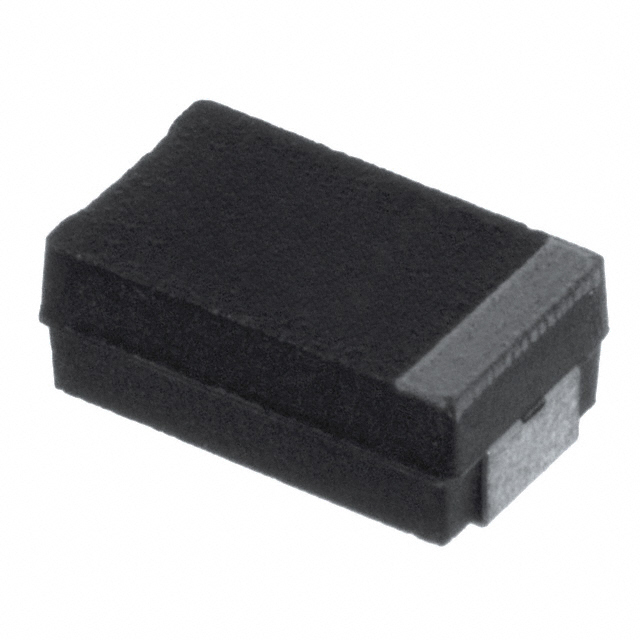

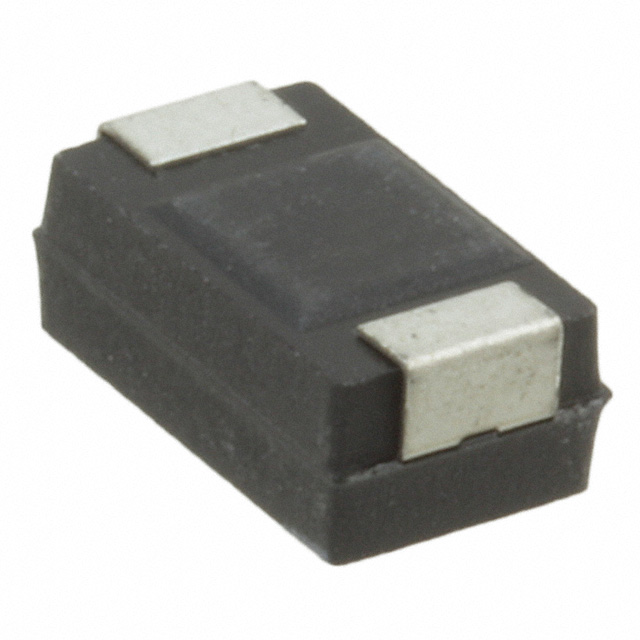
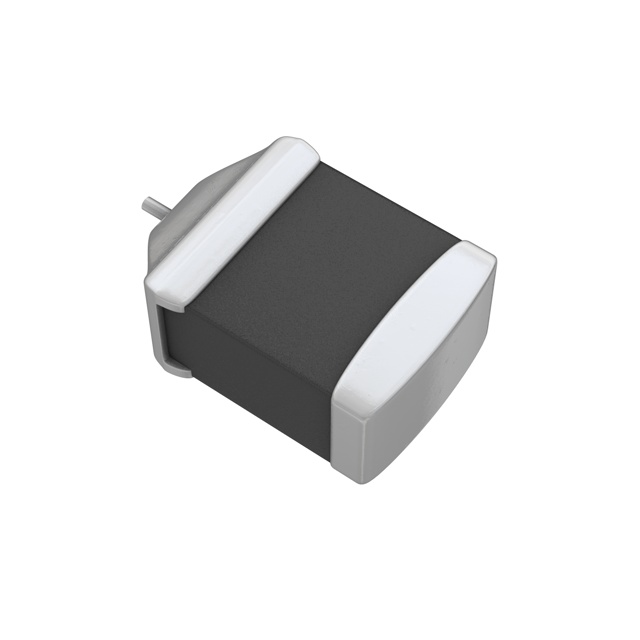
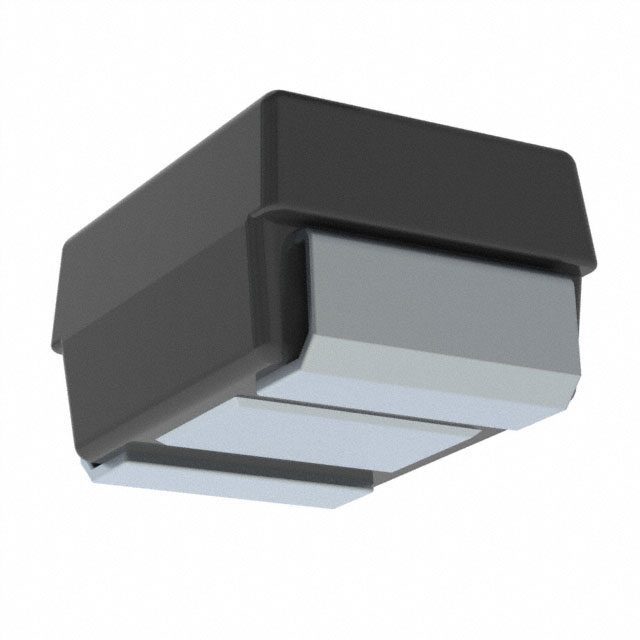

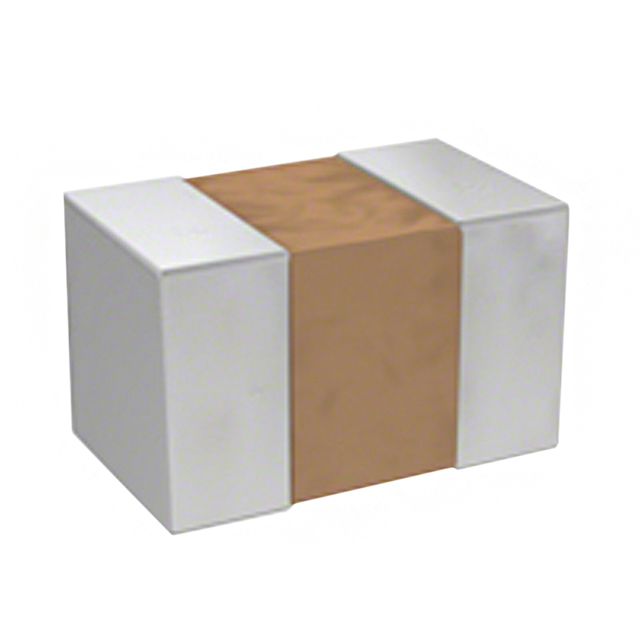






.png?x-oss-process=image/format,webp/resize,h_32)










